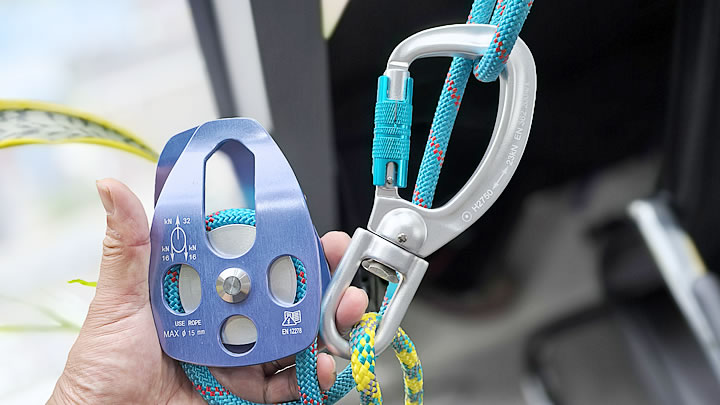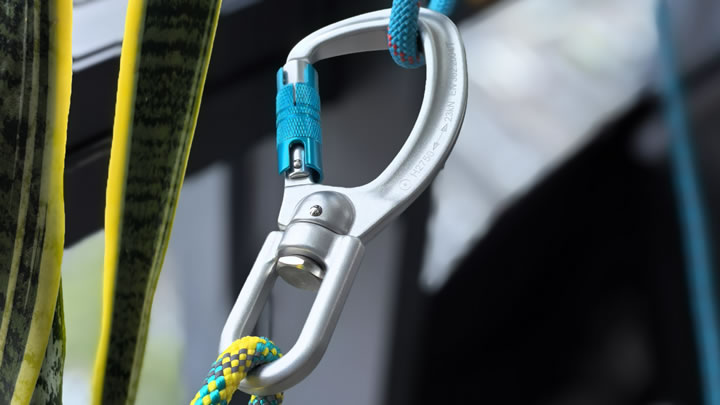How to add ventilation to a camping storage box for food.
Thursday, May 15, 2025
Proper ventilation in a camping food storage box prevents mold, odors, and spoilage while balancing protection from pests and weather. Here’s how to design and install effective airflow systems for different camping scenarios.

1. Why Ventilation Matters
Without airflow, trapped moisture from food or condensation can:
- Promote bacterial growth, risking foodborne illness.
- Cause mold on containers or perishables like bread/fruit.
- Attract insects or rodents seeking damp environments.
2. Ventilation Methods for Food Storage Boxes
A. Passive Ventilation (No Tools Required)
- Drill Small Holes:Use a 1/8” drill bit to create holes on the box’s upper sides (avoid the base).Cover holes with stainless steel mesh (e.g., Phifer Spline Screen) to block pests.
- Elevate the Box:Attach rubber feet or PVC pipe sections to the bottom for ground airflow.
B. Active Ventilation (For High Humidity)
- Install Vent Plugs:Waterproof vents like SeaLand Air Vent allow airflow while repelling rain.Position vents diagonally (e.g., front-left top + back-right bottom) for cross-ventilation.
- Battery-Powered Fans:Mini USB fans (e.g., Odoland Camping Fan) circulate air; run on power banks.
C. Moisture Control
- Silica Gel Packs: Absorb excess humidity (replace every 3–4 days).
- Cedar Chips: Natural insect repellent and deodorizer.
- Vented Containers: Store food in breathable mesh bags inside the box.
3. Step-by-Step DIY Ventilation Guide
- Mark Vent Locations: Avoid structural supports; space holes 6–8” apart.
- Drill Holes: Angle the drill slightly upward to prevent rainwater entry.
- Secure Mesh: Glue mesh over holes with waterproof epoxy.
- Add Vents/Plugs: Screw in marine-grade vents for added airflow.
- Test Airflow: Use incense sticks or smoke pellets to visualize circulation.
4. Material and Design Considerations
- Box Material:Plastic: Easier to drill but prone to cracking; use polypropylene bins.Metal: Requires a step drill bit; opt for aluminum to avoid rust.
- Waterproof Balance:Place vents under lid overhangs or add removable covers for rain.Use silicone sealant around vents to prevent leaks.
5. Maintenance and Upkeep
- Monthly Checks: Clean vents with a brush; replace corroded mesh.
- Seasonal Adjustments: Add extra vents for summer humidity; seal some in winter.
- Odor Prevention: Wash the box with vinegar/water mix after trips.
6. Top Ventilated Food Storage Boxes
- Igloo Island Breeze Cooler: Built-in vents + UV protection.
- Front Runner Slimline II: Aluminum box with pre-drilled vent options.
- DIY Option: Modified Plano Sportsman’s Trunk with mesh vents.
7. Common Mistakes to Avoid
- Over-Ventilating: Too many holes weaken the box’s structure.
- Ignoring Pests: Use 1/16” mesh to block ants and mosquitoes.
- Poor Placement: Avoid vents near food surfaces (dust/debris entry).
8. Real-World Use Cases
- Beach Camping:Box: 40L UV-resistant bin with vents + mesh.Setup: Elevated on PVC feet, silica packs for salty air.
- Backpacking:Box: 20L plastic bin with 4 vents + cedar chips.Setup: Mini USB fan powered by solar charger.
Final Tips
- Pair ventilation with a thermometer/hygrometer to monitor conditions.
- For bear-prone areas, ensure vents don’t compromise wildlife resistance.
- Test your system at home with a bowl of water inside to track condensation.






